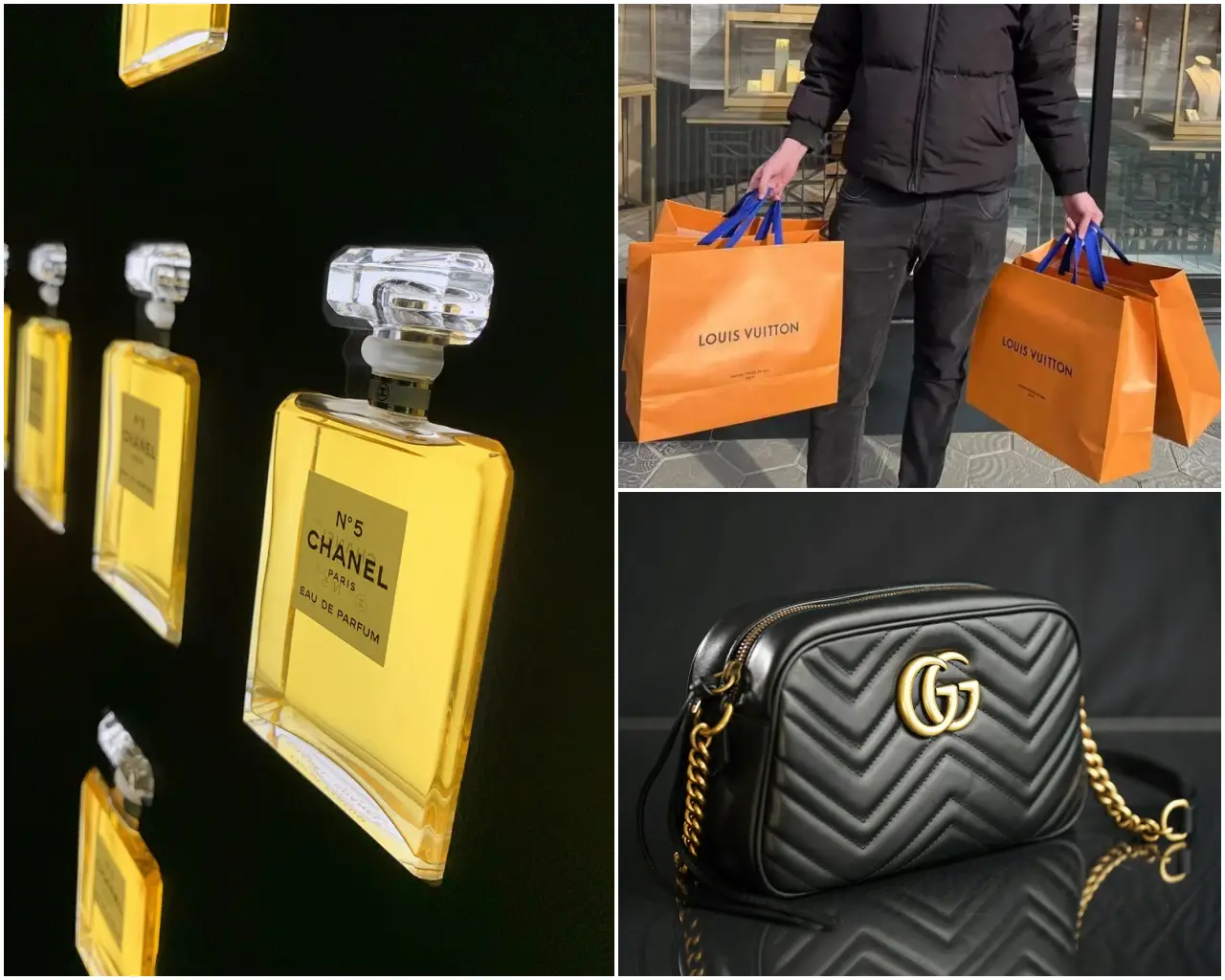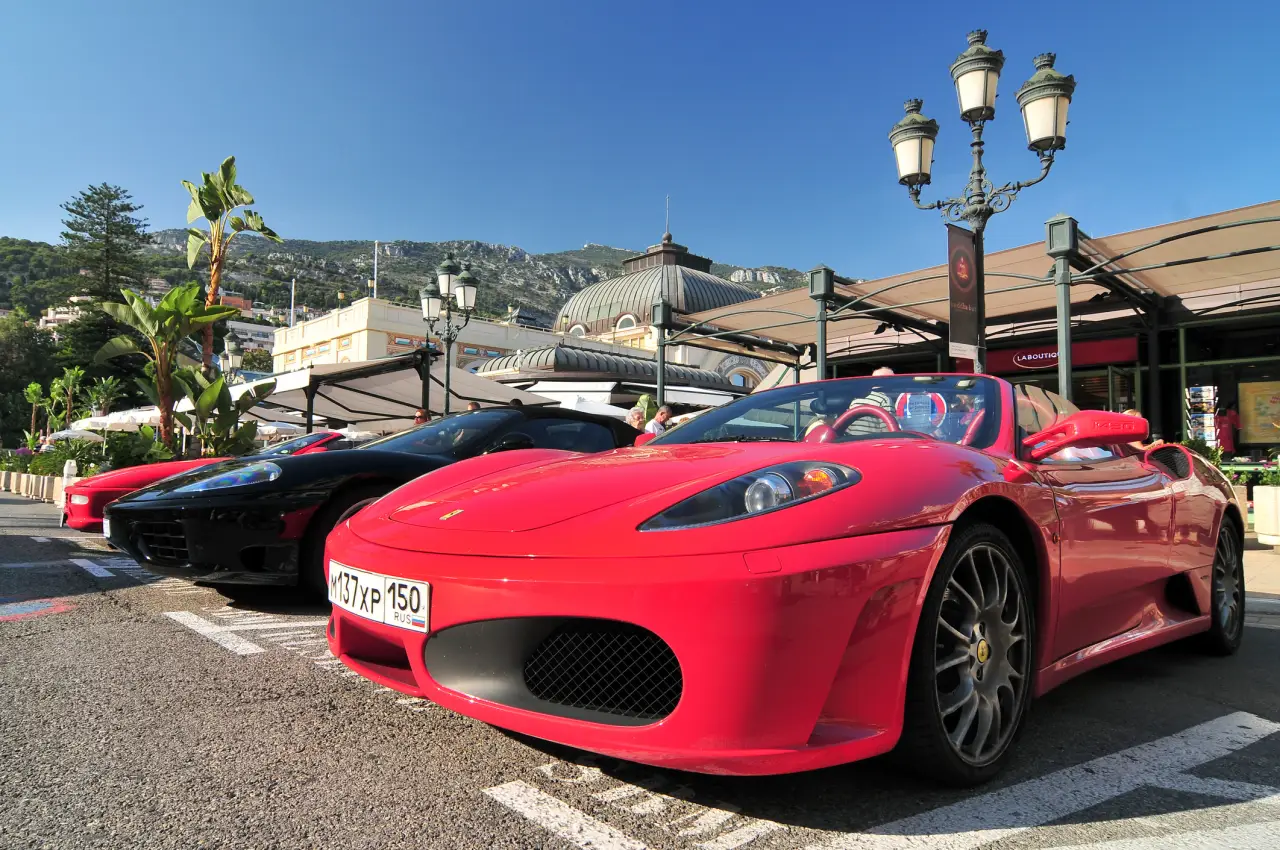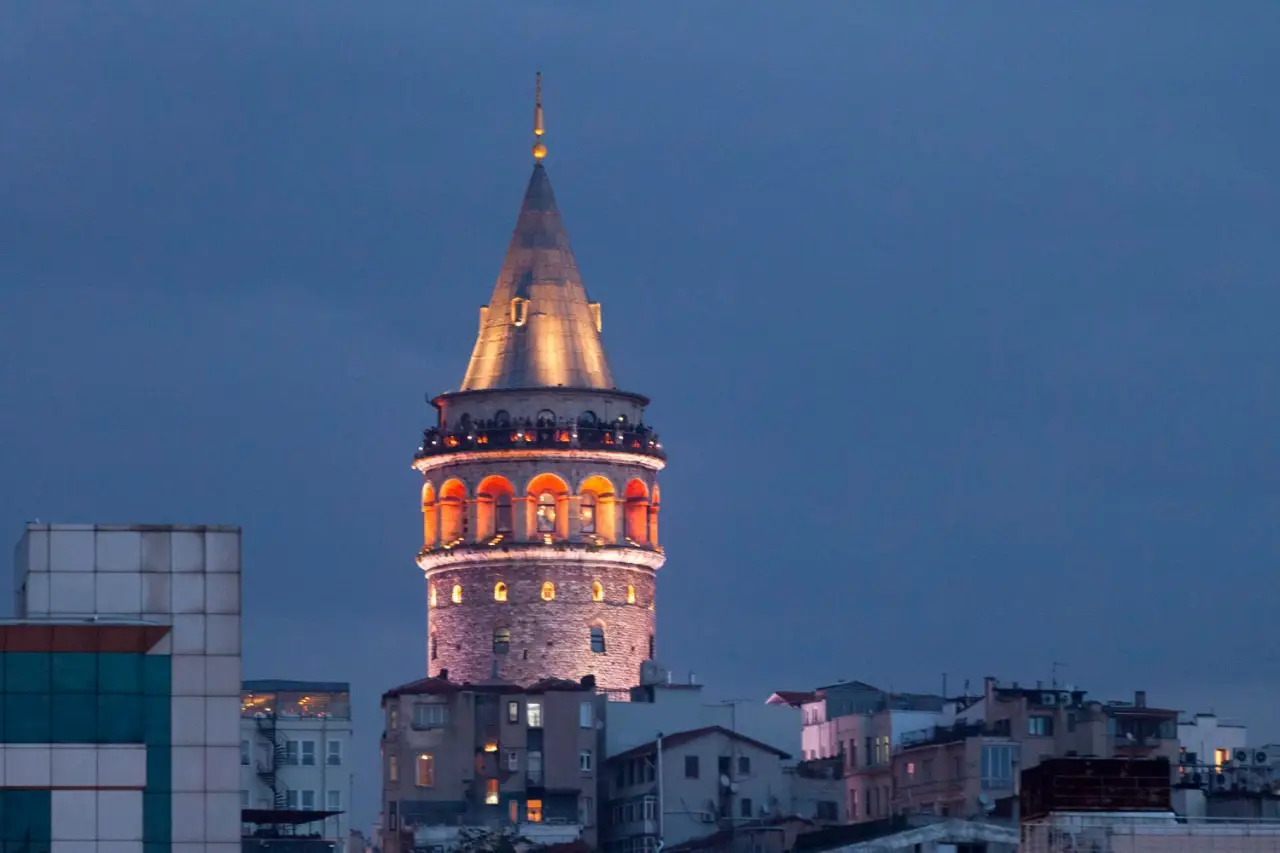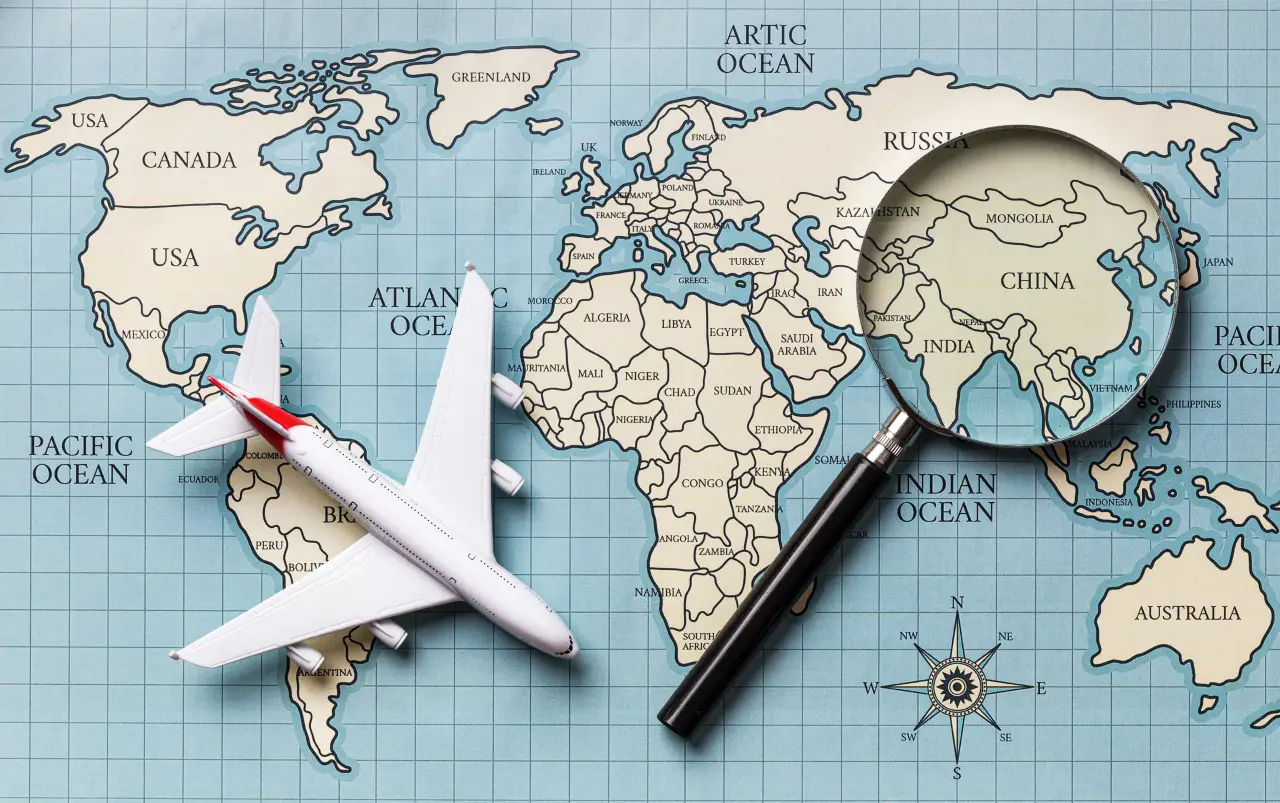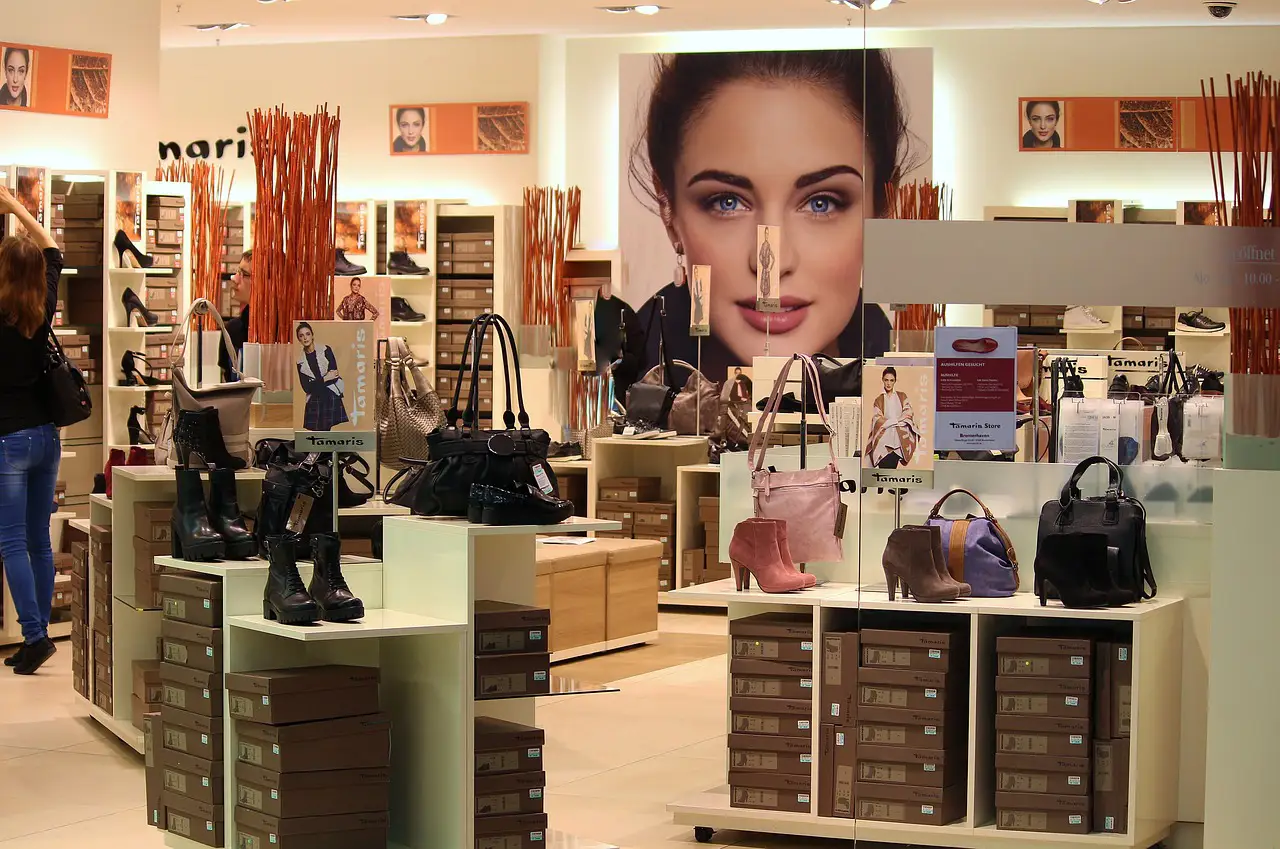In Europe’s luxury shopping capitals—Paris, Milan, Barcelona, and even Istanbul—a quiet transaction unfolds daily.
A Chinese couple steps into a Louis Vuitton store, browsing through handbags. They select three, totaling $5,682. At checkout, they pull out an envelope stuffed with cash.
Moments later, outside the store, a handler collects the bags, marking yet another successful purchase for China’s $100 billion luxury black market.
The Rise of “Courier Tourists” in Luxury Shopping
Chinese tourists are no longer just visitors exploring historic streets—they have become key players in an intricate resale network. Luxury items bought tax-free in Europe and other regions are sold in China at a 30% markup, exploiting massive price differences between markets.
Traditionally, organized smuggling rings handled this trade, but a new trend has emerged—black market groups now recruit ordinary tourists via social media to make these purchases. For many, it’s an easy way to earn pocket money while on vacation.
How the System Works
A luxury bag purchased in Europe is significantly cheaper than in China. For example, a Louis Vuitton Neverfull bag costs $1,690 in Europe but $2,280 in China. The price gap incentivizes a massive underground market. Here’s how it operates:
- Pre-arranged cash delivery – Tourists receive envelopes of cash from black market coordinators upon arrival.
- Luxury store purchases – They visit high-end stores and buy designated items.
- Tax refunds increase profits – Since tourists can claim a VAT refund before departing Europe, they receive an additional reimbursement at the airport, which serves as their reward for participating in the scheme.
- Resale in China – The purchased items are shipped or hand-carried back to China, where they are sold online for a profit.
By using multiple tourists instead of direct bulk purchases, these transactions fly under the radar, making it difficult for authorities to track and stop the flow of goods.
The Black Market’s Financial Breakdown
A recent investigation into this illicit trade revealed just how profitable the system is.
- A Chinese couple purchasing six bags over two store visits would spend $11,032.
- The tax refund at European airports would return $729, serving as their “payment” for the transaction.
- These six bags could be resold for $13,500 in China.
- The $2,500 markup goes to black market organizers, turning this into a highly lucrative trade.
With millions of tourists participating, this underground economy is estimated to be worth $100 billion, costing China billions in lost tax revenue.
Why Does the Price Gap Exist?
The core reason for this black market’s existence is China’s high luxury taxes, which inflate retail prices.
Luxury brands set higher retail prices in China compared to Europe, leading to massive demand for cheaper alternatives abroad.
- Luxury VAT Rates in Europe: Italy 22%, Spain 21%, France 20%, Germany 19%, Turkey 18%.
- Luxury VAT in China: Significantly higher due to import duties and consumption taxes.
Luxury brands argue that eliminating price disparities between regions could curb the black market. However, many brands hesitate to lower prices in China, fearing it will devalue their prestige and disrupt retail partnerships.
The Role of Social Media in Recruitment
The shift from organized crime to individual tourists has largely been driven by social media platforms. WeChat groups, forums, and specialized websites connect buyers with potential “courier tourists.”
Unlike traditional smuggling rings, these decentralized networks are harder to detect and disrupt. Since participants are everyday travelers, customs officers often fail to recognize them as part of an organized trade.
Luxury Brands Fight Back
Luxury brands are now taking active measures to curb black market resale:
- Purchase limits – Stores in Europe impose strict rules on how many items a single customer can buy.
- Blacklist monitoring – Serial buyers suspected of reselling are flagged and denied purchases.
- Regional pricing strategies – Some brands are adjusting prices in China to reduce incentives for black market transactions.
However, as long as luxury price gaps remain significant, demand for tax-free purchases abroad will persist, keeping the underground market alive.
Can Authorities Stop This Growing Trend?
The European luxury resale scheme exposes a major weakness in global taxation policies. Efforts to tighten tax refund regulations and improve monitoring are underway, but the decentralized nature of social media-driven networks makes enforcement difficult.
As long as tourists can profit from luxury shopping abroad, the system will continue to thrive, making China’s underground luxury market one of the most resilient black markets in the world.

